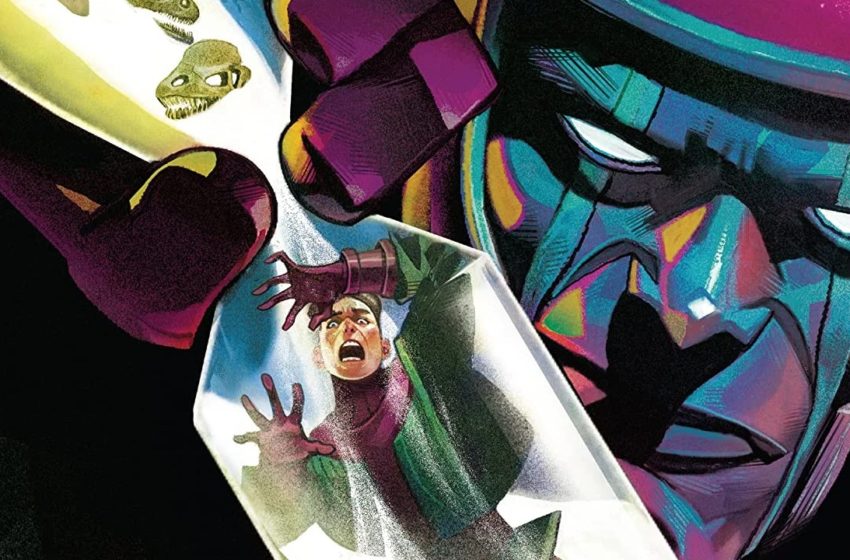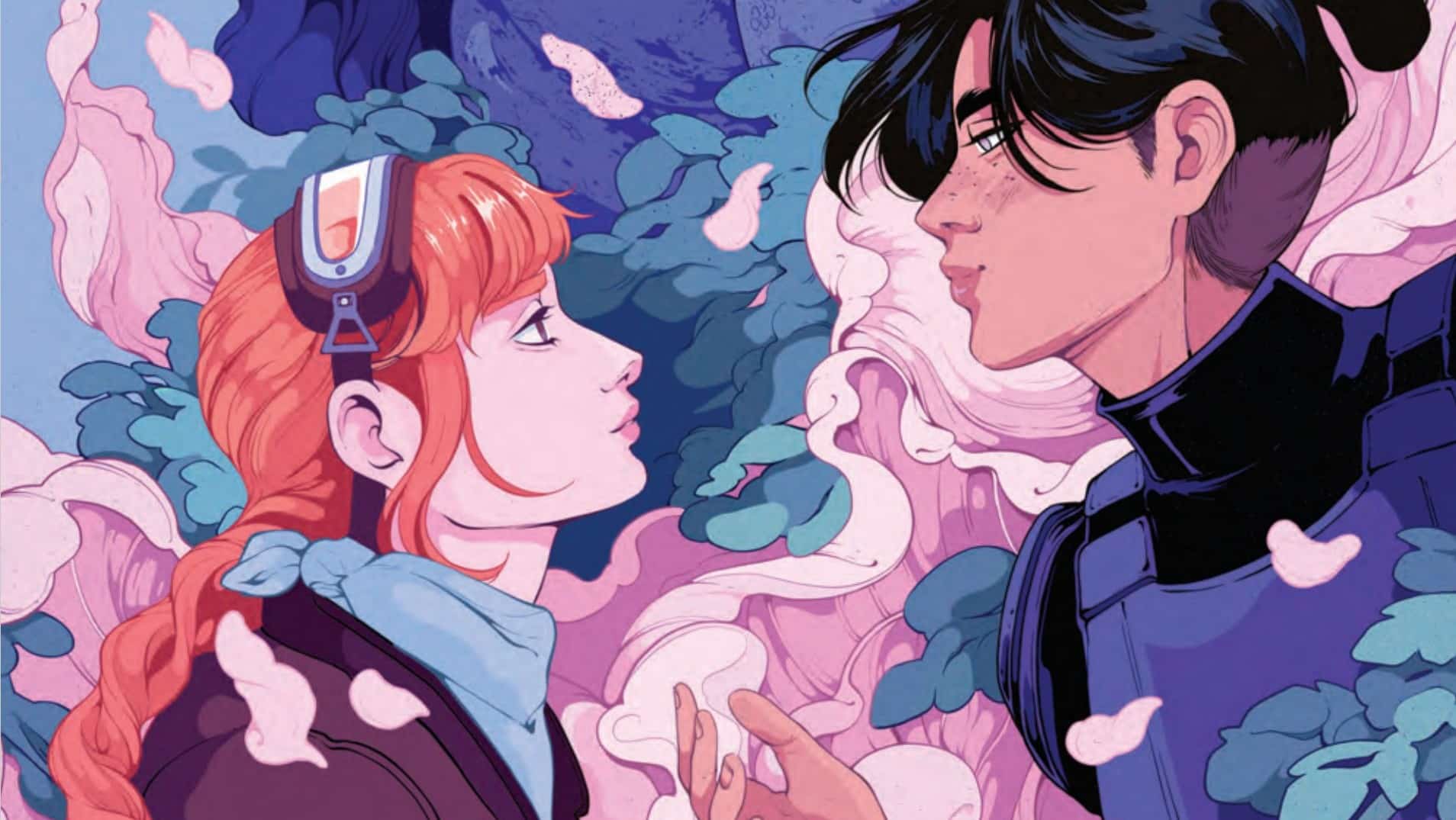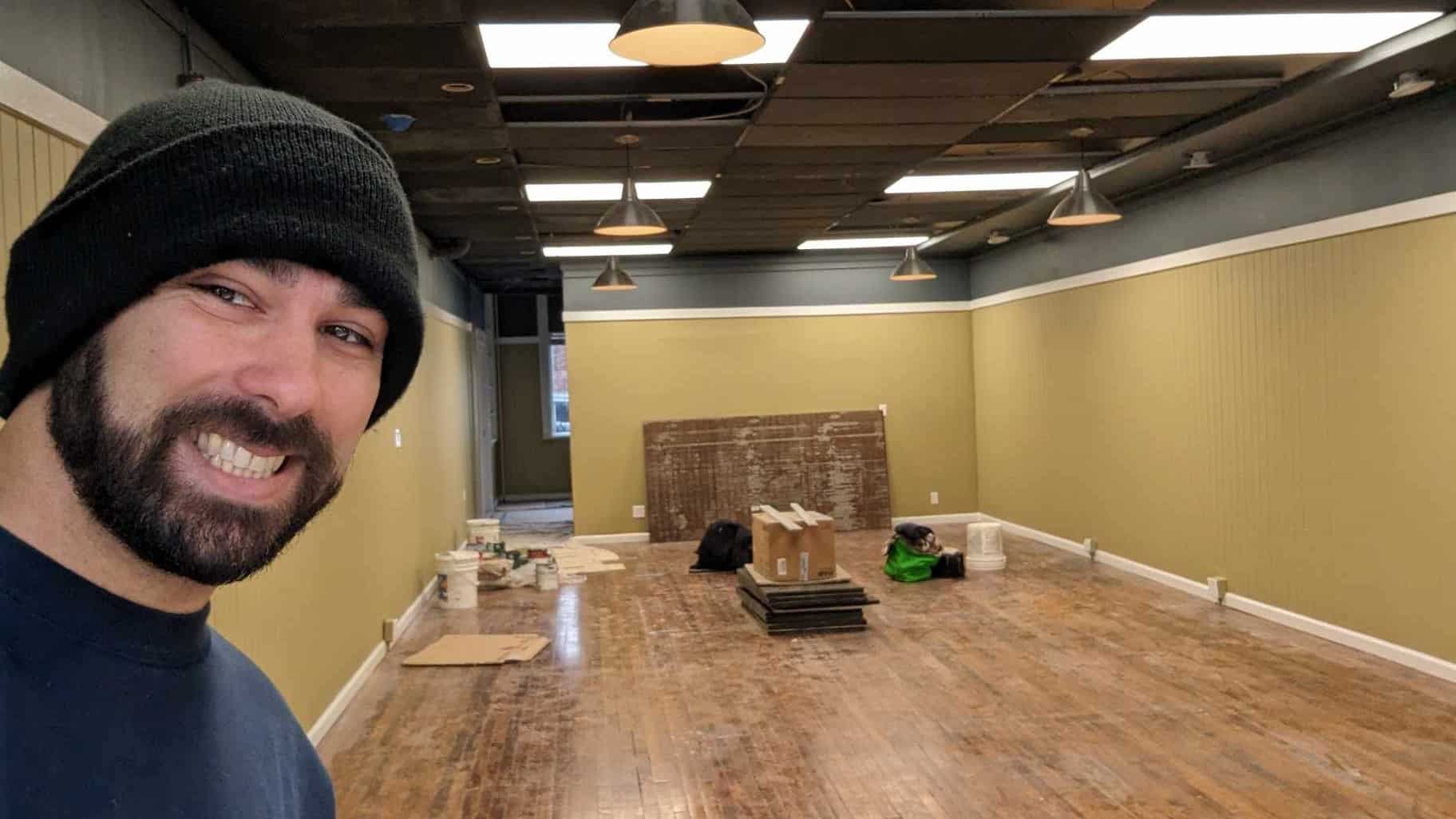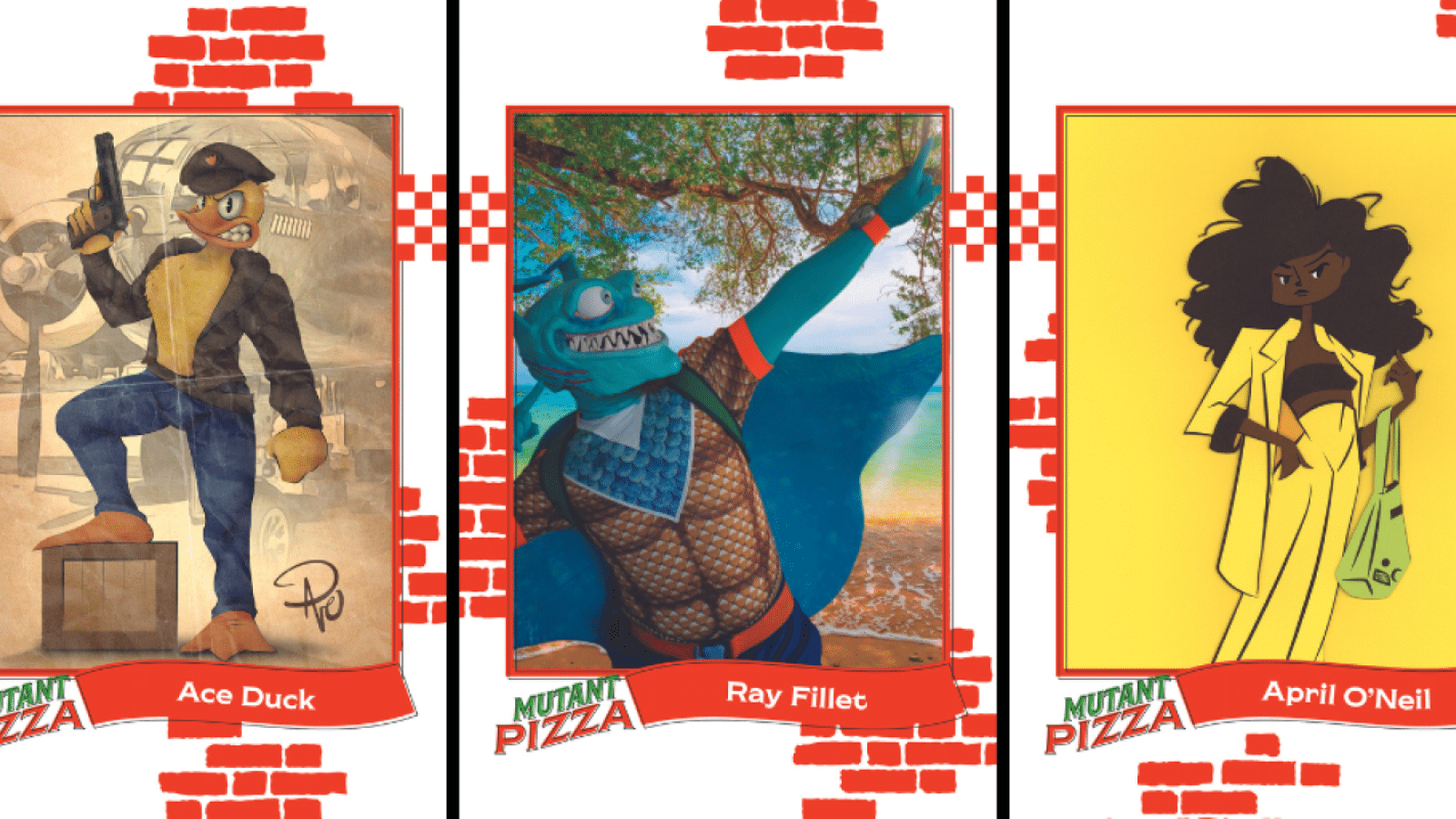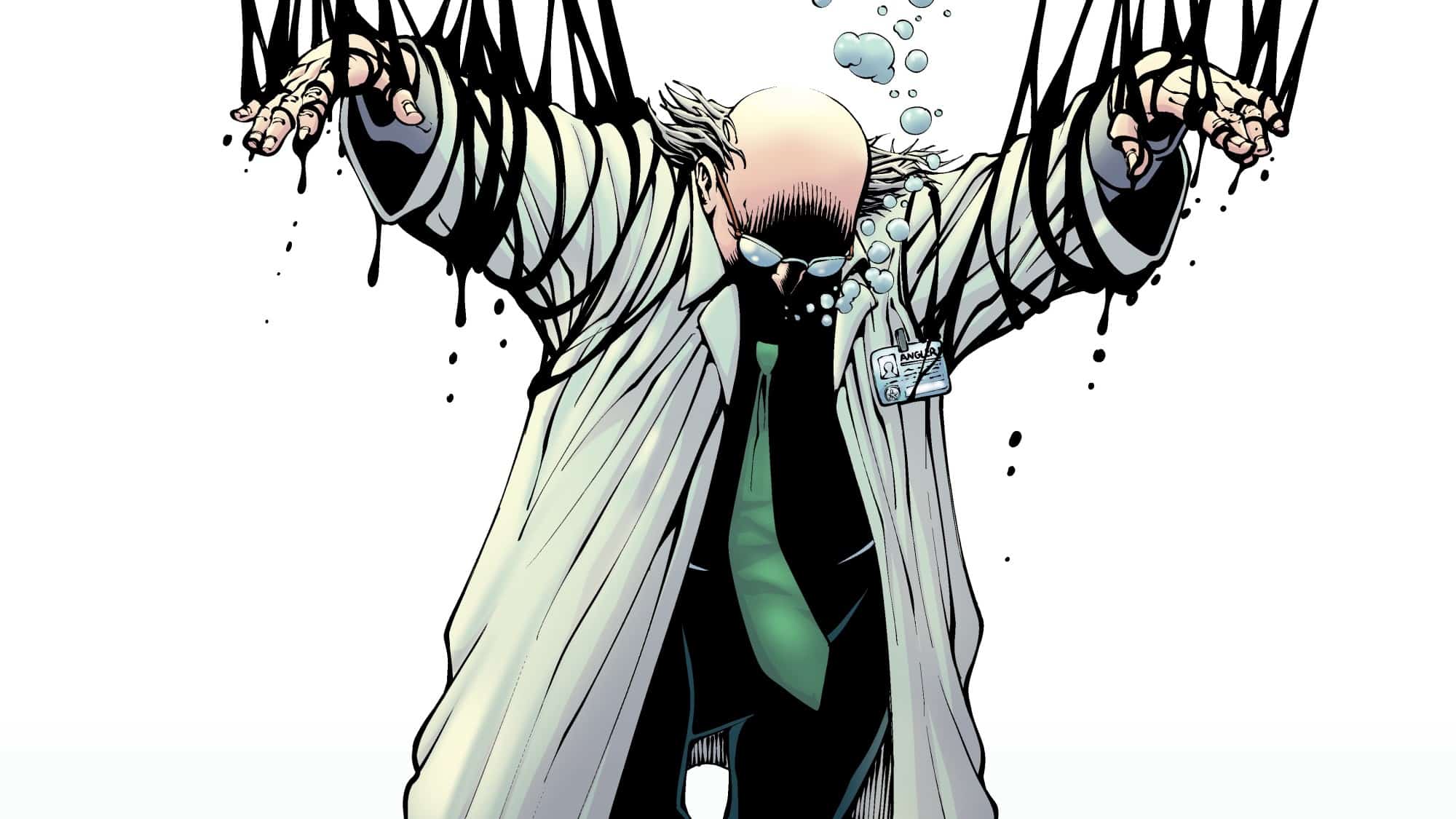A time traveler, a pharaoh, a despot and a savior at the end of time, Kang aka Nathaniel Richards is and has been many different people since making his debut in Fantastic Four #19. But, as a master manipulator in the Marvel Universe, the villain has always embraced mystery, using personas like Scarlet Centurion, Immortus and Victor Timely to hide his true self and motivations. But all that changes next month as we find out Kang the Conqueror’s true origin.
On August 18th, thanks to writers Jackson Lanzing and Collin Kelly, we’ll find out who — but more importantly, Lanzing and Kelly say, we’ll find out why.
Kang the Conqueror #1 is the first official standalone featuring the Marvel villain. It features art by Carlos Magno, colors by Espen Grundetjern and covers by Mike Del Mundo. Lanzing and Kelly said the book won’t fully map out his chaotic backstory, but it will be an all-encompassing look at Kang’s history and his different personas.

According to the solicit from Marvel, the series starts off “when young and jaded Nathaniel Richards discovers the ancient lair of his Latvarian ancestor Victor Von Doom, his life is changed forever by a man he should never have met – Kang himself!”
Every issue of Kang stops down into a period of Kang’s life, Lanzing told us. Issue #1 takes us to his genesis in the 30th century, issue #2 tracks Rama Tut during his time in the Egyptian Old Kingdom and issue #3 follows his time in the 20th Century. In issue #4, we’ll finally see more of the year 4,000, which Kelly described as “a time of death and war, an armageddon at the end of our world.”
“This is the wild time period – futuristic and apocalyptic at the same time – where Kang traditionally makes his empire,” Lanzing said. “Seeing it brought to life by Carlos Magno in all its incredible gear-grinding glory is pretty magnificent.”
As for the final chapter of the series, issue #5, Lanzing said they’re keeping it close to the chest.
Lazing said although the story does touch on all aspects of Kang’s life, the goal was never to tell a point-to-point history.
“Your local comic shop is filled with those adventures, and they are some of the best comics you’ll ever read,” he said. “Our goal was to tell a story in which all of those other stories can sit, which illuminates – and gives context for – the man behind the mask. Everything that has happened, has happened. This is not a story of when. This is the story of why.”
So, how big of a piece of the Kang pie is his on-again, murderous-again relationship with Ravonna?
“If we’re extending the pie metaphor, think of the Kang you know as the flaky topping. You look at the pie, and you think, “hey, I know that pie, it’s a good pie.” But then you cut into it, and the filling isn’t what you expect: that filling is Kang and Ravonna’s relationship,” Lanzing said. “Which is to say, it’s everything. This book is a love story that crosses all of time, and all of space. Except even there, you’ve forgotten the crust – the shape which the filling fills, the form that defines pie itself. And even though it’s different, and even though it came first… that crust is Kang as well.”

According to Lanzing and Kelly, their Kang story has been brewing for years. When they first met and became friends in college, Lanzing said, they bonded over comic books, specifically Young Avengers by Jim Cheung and Allan Heingberg. After working the sci-fi heavy Zojaqan, a personal, family-centric story at Vault, the pair began talking about a story that would focus on their complicated relationships with their fathers.
“So as we talked about what it would look like to tell an emotionally fraught story about generational abuse cycles and masculine ego, Kang the Conqueror became a touchstone,” he said. “Luckily, we had been trying to find a project to work on with Alanna Smith – so we knew who to bring this wild idea to. We hit her up, she agreed to hear the pitch, and then she fought for it in the halls of Marvel.”
The pair said they set out to tell a story that anyone could read, not just comic fans steeped in Marvel lore. Even if you’ve never read a Marvel comic before, Lanzing said Kang, the Conqueror will take readers on a tour of the timeline along with all its possibilities.
“So while all the time travel and variants might seem daunting, the series itself is perfect for new readers – and as fans, it’s also the Kang story we’ve always wanted,” Lanzing said.
It also helps, Lanzing said, the team were able to recruit artists Carlos Magno and colorist Espen Grundetjern for the book.
“Writers are often a bit hyperbolic in these interviews – everyone thinks their artist is the best – but I am not lying when I say that I forgot to breathe,” Lanzing said. “The synergy between these two is lightning in a bottle, and it’s our honor and privilege to get shocked.”
Additionally, he said, he had to pinch himself when he heard Mike Del Mundo would be doing cover work for the series.
“Mike Del Mundo is the greatest living comic book cover artist. His grasp on meaning – how visual motifs and high concepts can come together into an inspiring piece of art all of its own – is without compare,” he said. “He’s an artist, a communicator, a storyteller — and a hilarious one at that.”

After reading and re-reading back through Kang’s many stories, timelines and selves, Kelly said he became convinced that the villain’s history was a tangle of timelines and alternate realities, creating a complicated web that simply couldn’t be mapped.
There’s also the fact that Kang is a big, lying liar.
“You’ll be learning one of his greatest lies in the very first few pages of issue #1 – as we see the true circumstances behind his origin,” Kelly said.
That mystery, Lanzing says, starts not with Fantastic Four #19 or even Avengers #8, but with Kang’s appearance (as Iron Lad and later older Kang) in the Young Avengers series from 2005.
“Too often, Kang finds himself in the shadow of villains like Doom and heroes like Reed. That connectivity is interesting fodder for the imagination, but the more literal it becomes, the more magic it loses,” he says. “What our story presupposes is that Kang has been, to some degree, hiding the truth of this particular detail in his life. That he’s been using your imagination against you, to cover up the true nature of his origin.”
“Of course,” Kelly adds. “It is also the kind of story that a certain Latvarian despot would refuse to be written out of…”
When it comes down to dissecting Kang, both Lanzing and Kelly said digging into his other personas, Victor Timely and Immortus for example, was important but not core to their story.
“Immortus is a very cool part of Kang’s history, but at his core is really just another persona Kang has worn, like Victor Timely, the Scarlet Centurion or Iron Lad. However, the heart of that relationship – the toxic relationship between Kang and Kang – is something on which our story hangs,” Kelly says. “As always, the biggest enemy to Kang is, and will always be, Kang himself.”
Dana Forsythe
Dana Forsythe is a freelance writer covering art, culture, tech and comic books.

